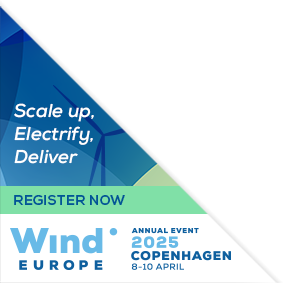We would like to invite you to come and see the posters at our upcoming conference. The posters will showcase a diverse range of research topics, and will give delegates an opportunity to engage with the authors and learn more about their work. Whether you are a seasoned researcher or simply curious about the latest developments in your field, we believe that the posters will offer something of interest to everyone. So please join us at the conference and take advantage of this opportunity to learn and engage with your peers in the academic community. We look forward to seeing you there!

PO061: Sustainable design of onshore wind turbine foundations
Claudo Masanet, Civil Engineer, TYPSA
Abstract
Nowadays, wind power plays a significant role as a prominent contributor to electricity production. In Europe, wind energy already accounts for 15% of the region's total electricity demand. Moreover, the EU Comission envisions wind energy becoming even more integral, aiming for it to constitute half of Europe's electricity supply by the year 2050. On global scale, the World Wind Energy Association (WWEA) has reported a substantial growth rate of 13% observed in 2022.
In this market trend and current development in line with the ambitious energy and climate targets, minimizing the costs and maximizing sustainability of wind energy is mandatory to improve its competitiveness against other non-renewable energy sources.
This communication offers a practical approach to assess the sustainability of wind turbine generator foundations from a 3-dimensional holistic point of view. Specifically, the main goal of this study is to analyse the life cycle impacts of one shallow foundation design comparing three different alternatives of concretes Alternative 1: conventional concrete (CONV) Alternative 2: concrete with 66-80% of blast furnace slags (GBFS) and Alternative 3: concrete with 20% fly ash (FA), and then to apply a Multi-Criteria Decision-Making model based on TOPSIS method to evaluate and compare the resulting sustainability of each alternative considered.
The study results in a methodology for quantifying sustainability rather than simply qualifying it. Therefore, this methodology can be employed for design optimization, such as geometry and materials, etc, with a sustainable perspective in mind. Specifically in this study, GBFS emerges as the top-ranked sustainable alternative, followed by CONV in second place, and FA in third position.











